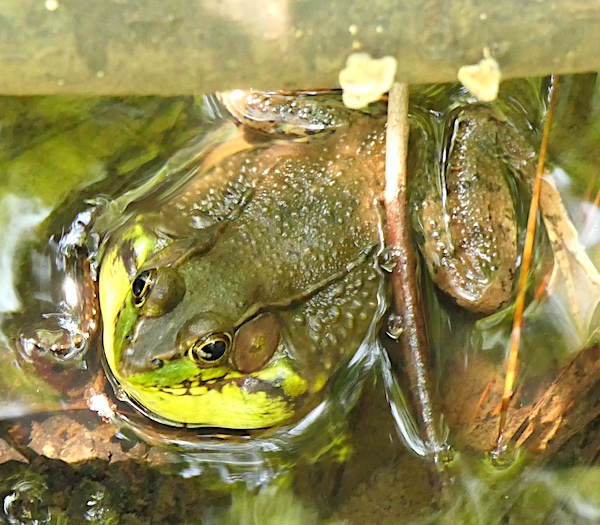Top Photo: Eastern tiger swallowtail nectars on joe-pye-weed (native) in the Butterfly House Garden.
As summer creeps along, insects like the swallowtail above are busy feeding, constructing hives and webs, or reproducing.
Mentioned in a previous post, orange-striped oak worms are now in their final instar (stage of caterpillar development) before they crawl off to find suitable pupation sites.

I found some of their eggs a few weeks ago and share them with you here.



In their quest for pupation sites, the oakworms are now crossing the paths risking being crushed under-foot by unsuspecting guests.

Pointed out by Bobbi Jo, Horticulture Manager here at the museum, Genista broom moth caterpillars have been devouring a once thriving Baptisia (indigo) planted alongside the Butterfly House.

These moths also lay their eggs on lupine, mountain laurel, brooms (Genista), acacia, honeysuckle and other shrubs in the pea family.

Though I’d seen several fall webworm webs around campus, I hadn’t seen a caterpillar on the ground yet this season until July when I saw this one crawling along in the leaf liter.


Green frogs and bullfrogs are both active. You may hear the deep rumble of the bullfrogs or the “gung” or “ga-goyng” of green frogs in close proximity from our wetland’s edges. But be careful In your identifications. If they aren’t calling they can be difficult to distinguish from one another.

Note the two folds of skin running back from the eyes of the frog in the photo below. They’re known as dorsolateral folds or ridges and are characteristic in distinguishing between bullfrog and green frog. Bullfrogs (above) lack the ridges.

Yellowjackets have been spotted in several locations busily excavating subterranean hives. Yellowjackets are aggressive and should be left alone especially near their hives! If you see what looks like a hive location stay clear of it and let one of the staff know about it.

Construction is underway on the hive in the burrow pictured here. Note the object being removed from burrow in the mandibles of the wasp bellow.

That said, yellowjackets are welcomed pollinators and consume harmful insects in the process.
Finally, a panoramic contrast of the wetlands from winter to summer.


Hot and humid? Yes! But there’s no way to see any of these sights if you don’t go to the place where they are.
See you there!